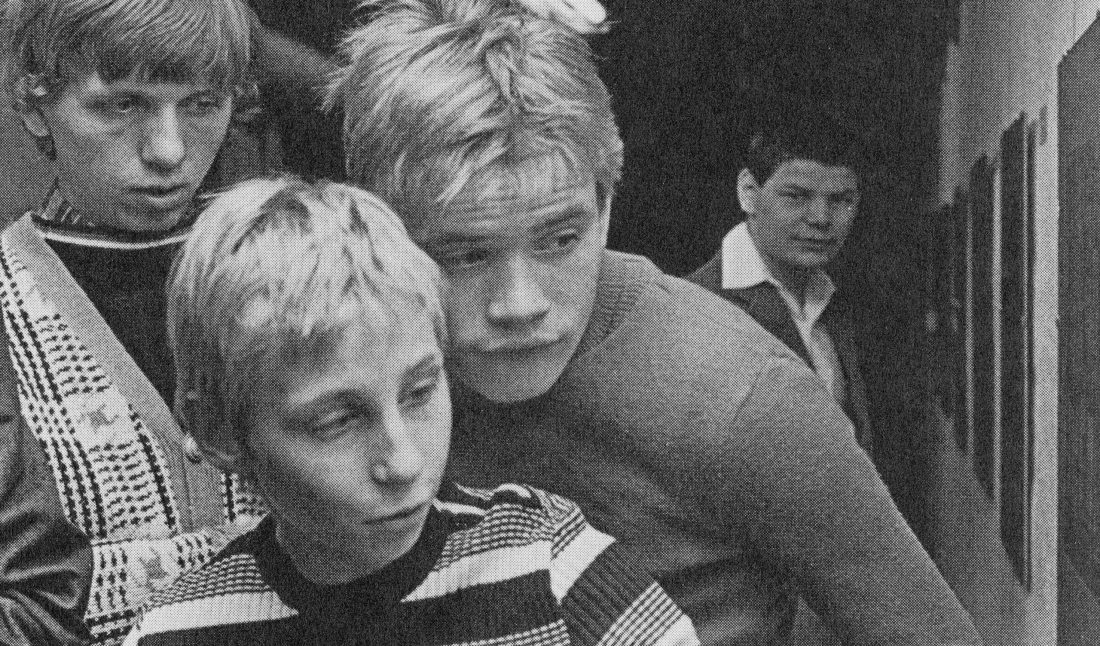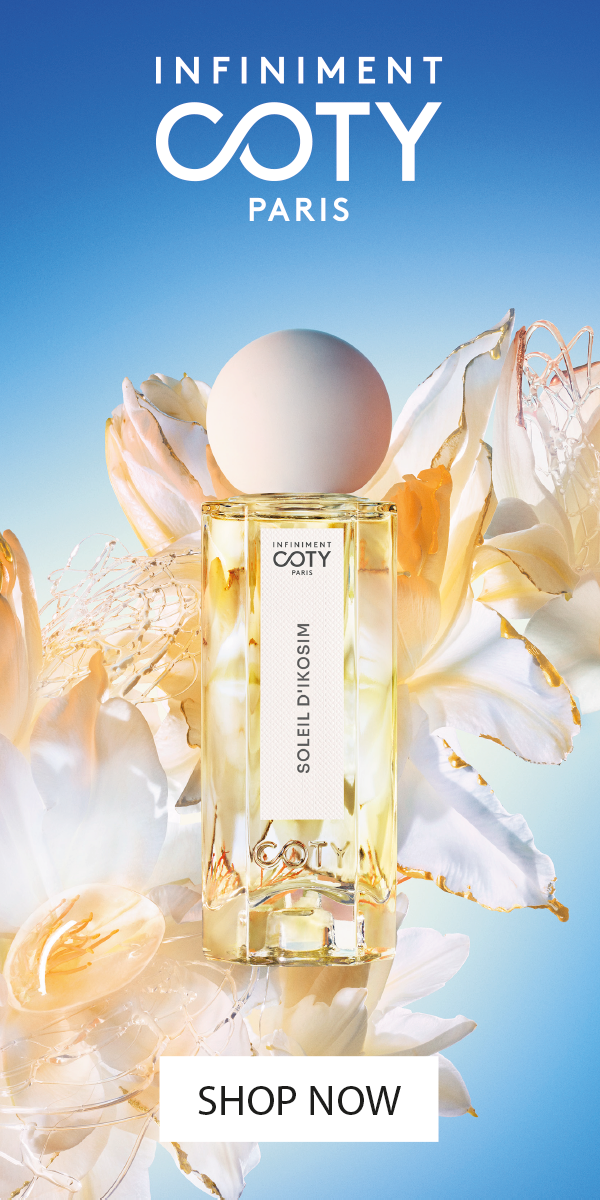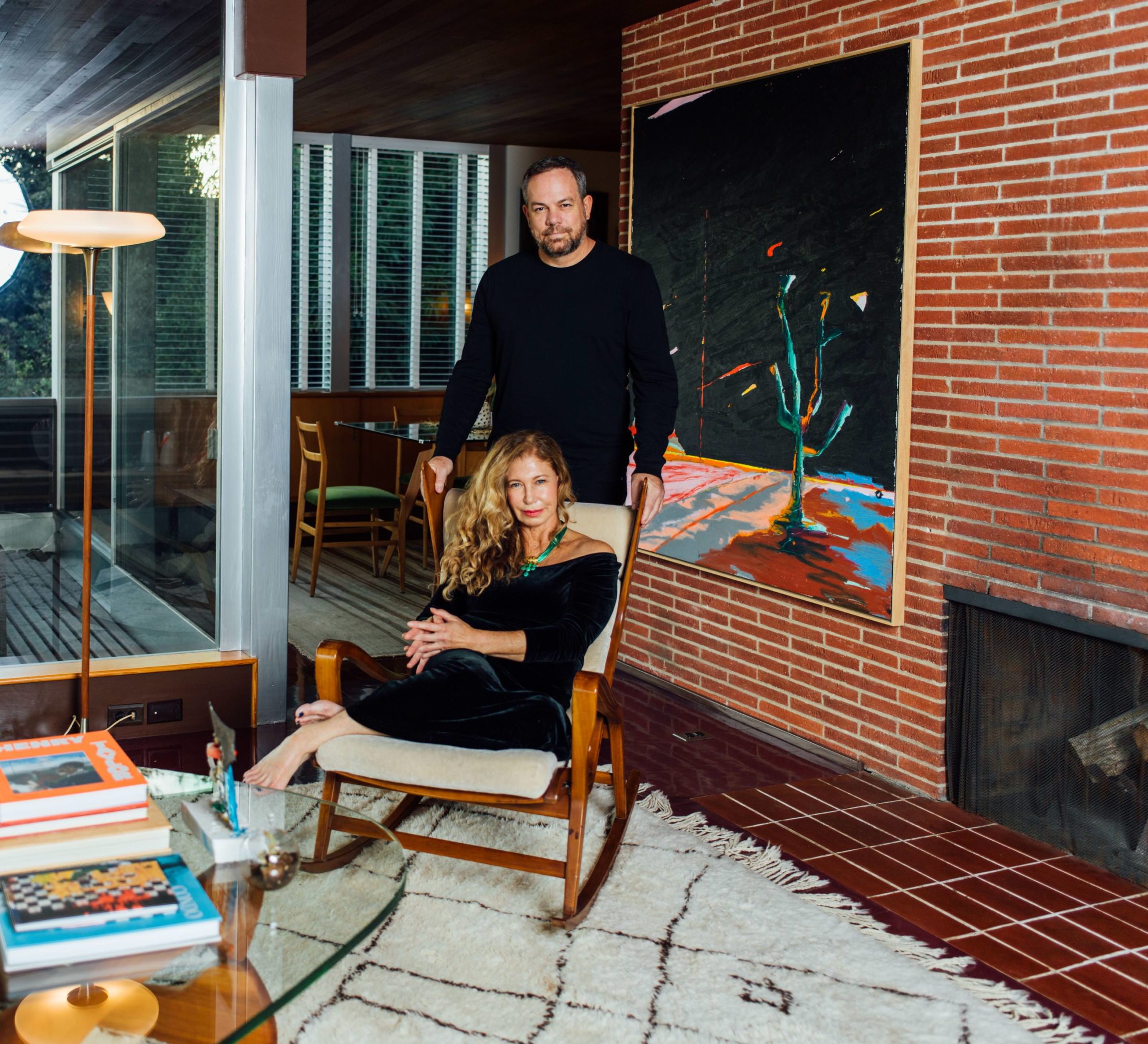Opening this week at The Hammer in Los Angeles is “Stories of Almost Everyone.” On view through May 6, the exhibition is curated by Aram Moshayedi. The show investigates the information and narratives that art can convey—as objects or as explained by curatorial mediation and writing.
Moshayedi’s experience stems from curating at LA><ART and The Roy and Edna Disney/CalArts Theater (REDCAT), and in 2013, he joined the Hammer as curator when the museum’s Connie Butler moved to chief curator. This weekend, the museum will open the group exhibition “Stories of Almost Everyone” (January 28–May 6)—a show about the stories contemporary art conveys, and their believability.
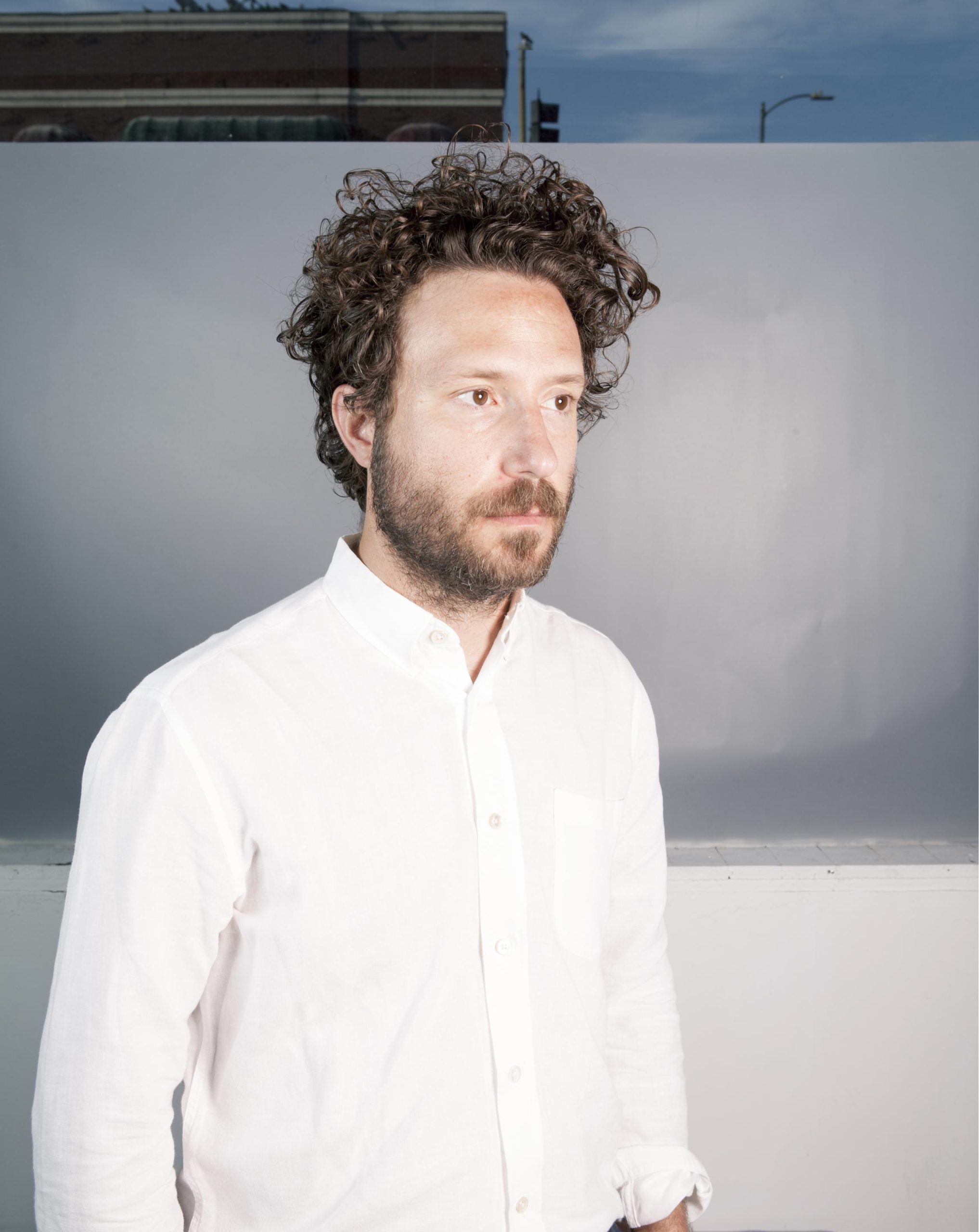 Courtesy of the Hammer Museum
Courtesy of the Hammer Museum
Whitewaller spoke with Moshayedi about “Stories of Almost Everyone,” the hype around L.A.’s art scene, and even where he likes to treat himself to an ice cream.
WHITEWALLER: What was the early seed for the group exhibition “Stories of Almost Everyone”?
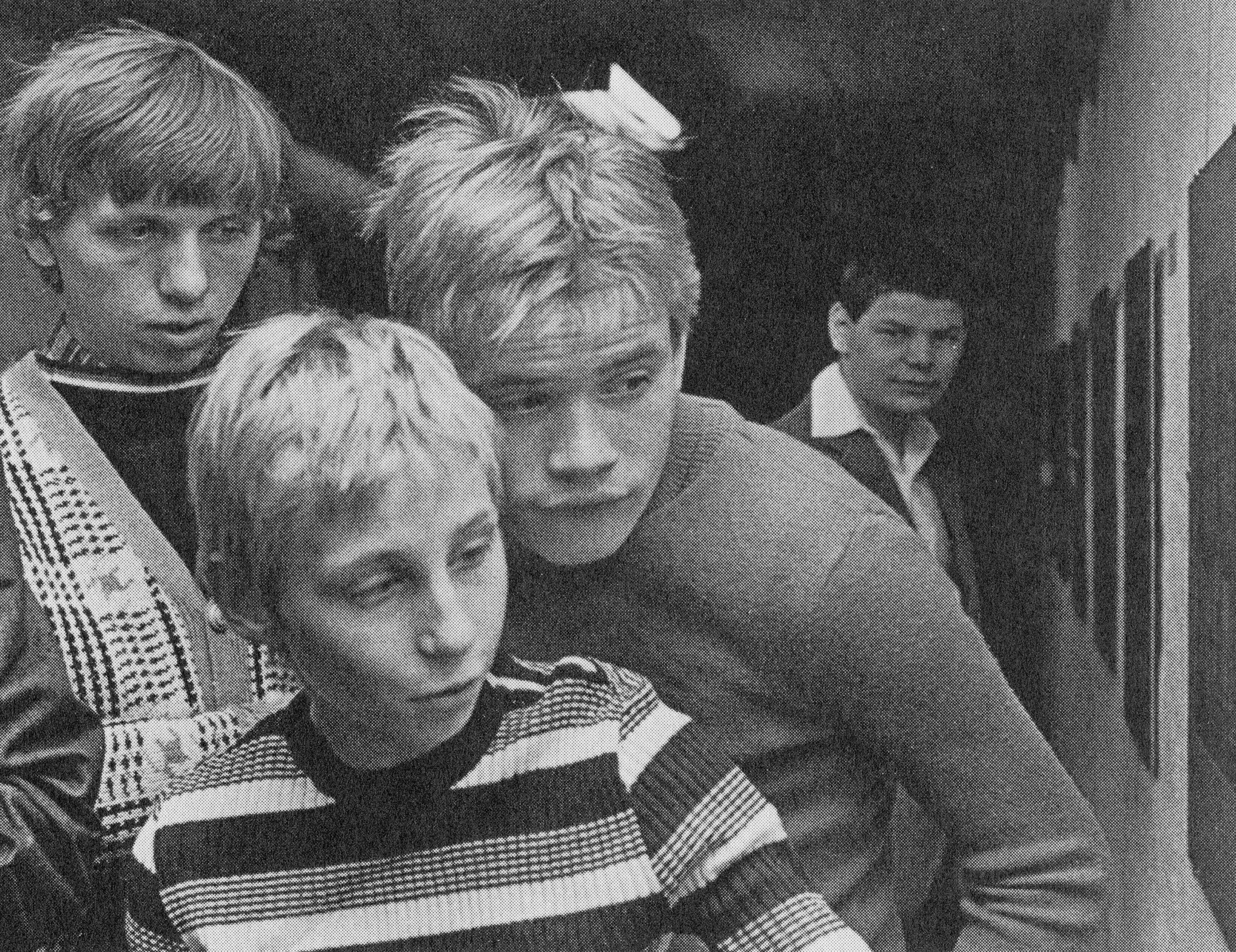 Andrea Büttner, HAP Grieshaber / Franz Fühmann: Engel der Geschichte 25: Engel der Behinderten, Classen Verlag Düsseldorf 1982, (HAP Grieshaber / Franz Fühmann: Angel of History 25: Angel of the Disabled), 2010. Xerox and clip frames, set of 9. Each: 16 5/8 x 23 3/8 inches (42 x 59.2 cm). Edition of 3, with 1 AP. Courtesy of the artist, Hollybush Gardens, London and David Kordansky Gallery, Los Angeles. © Andrea Büttner / VG Bild-Kunst, Bonn 2016
Andrea Büttner, HAP Grieshaber / Franz Fühmann: Engel der Geschichte 25: Engel der Behinderten, Classen Verlag Düsseldorf 1982, (HAP Grieshaber / Franz Fühmann: Angel of History 25: Angel of the Disabled), 2010. Xerox and clip frames, set of 9. Each: 16 5/8 x 23 3/8 inches (42 x 59.2 cm). Edition of 3, with 1 AP. Courtesy of the artist, Hollybush Gardens, London and David Kordansky Gallery, Los Angeles. © Andrea Büttner / VG Bild-Kunst, Bonn 2016
ARAM MOSHAYEDI: The ideas behind “Stories of Almost Everyone” have been with me, more or less, since I was a graduate student in art history. I think it’s had something to do with the disconnect that often occurs between ideas and the objects that are tasked with conveying ideas. Writing is important to how I position my curatorial work, and this exhibition leans heavily on the discursive space that surrounds an exhibition, that tries to make sense of things for its audience. I’m also committed to the history of conceptual art, to the conceptualist legacy that my generation of artists, curators, and writers has, for better or worse, inherited. For me, the exhibition deals with issues that are not only art historical and museological, but that have to do with the voices of so-called authority that exercise forms of power and exclusion.
WW: In 2016, the Hammer, co-organized by Hamza Walker, showed the third iteration of the museum’s biennial “Made in L.A.” What were some highlights?
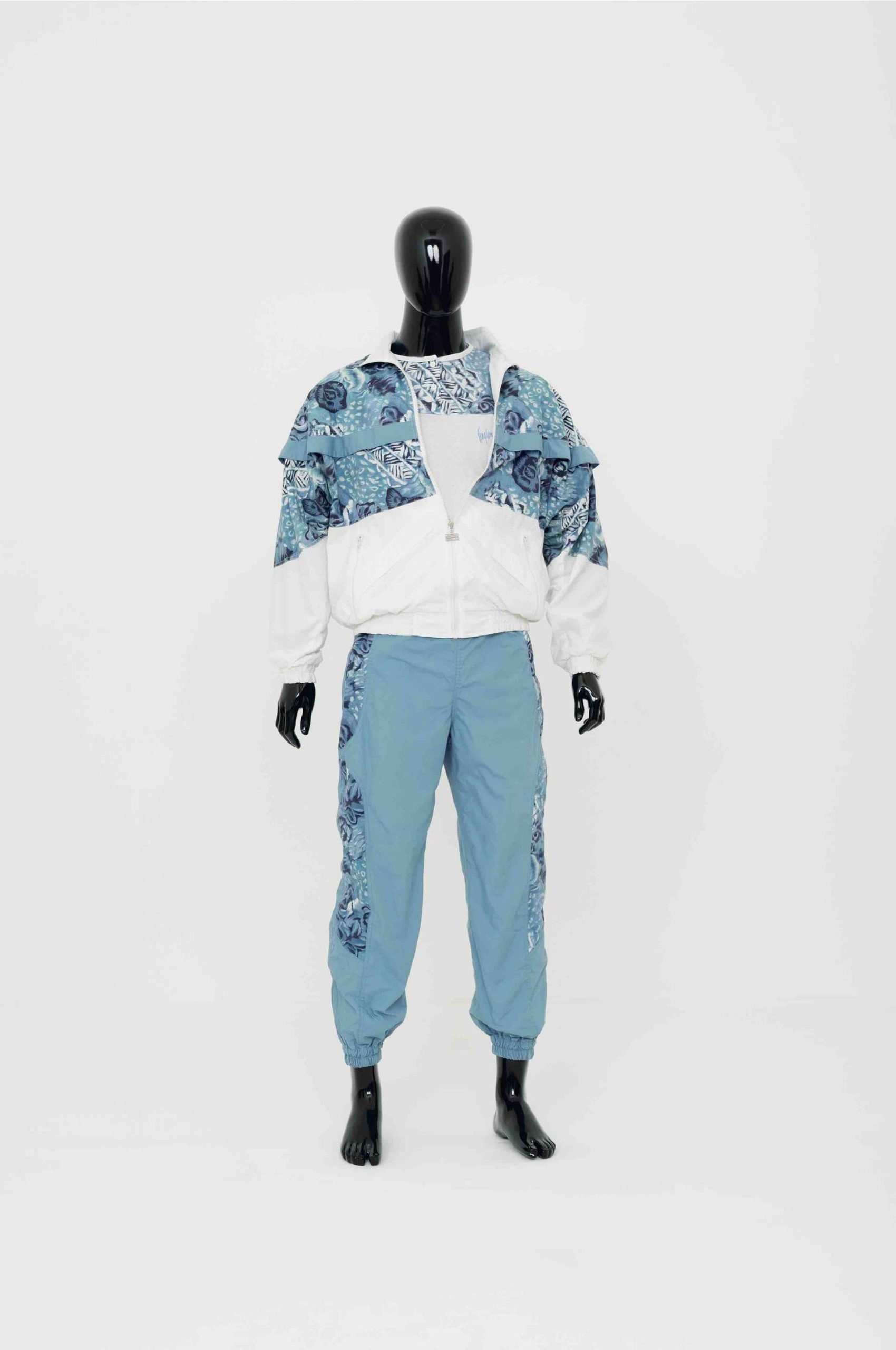 Willem de Rooij, 3-part tracksuit ( jacket, t-shirt, pants), size L, 2015, Jacket and pants: shell and lining: 65% polyester, 35% cotton, T-Shirt: 60% cotton, 40% polyester, Combination of textiles, prints, embroidered logo, zipper with metal Fong Leng puller, Label: black, Archive no. DTS4.
Image courtesy of the collection of the artist
Willem de Rooij, 3-part tracksuit ( jacket, t-shirt, pants), size L, 2015, Jacket and pants: shell and lining: 65% polyester, 35% cotton, T-Shirt: 60% cotton, 40% polyester, Combination of textiles, prints, embroidered logo, zipper with metal Fong Leng puller, Label: black, Archive no. DTS4.
Image courtesy of the collection of the artist
AM: It was an incredible honor to work with Hamza on a project that reflected our time together and the conversations we shared along the way. It was incredibly meaningful to see artists like Huguette Caland and Kenzi Shiokava start to receive the recognition they deserved, though it’s always too little, too late. We also felt like the forays into poetry, music, and film through figures like Aram Saroyan, Wadada Leo Smith, and Arthur Jafa helped to address some of our main concerns. These are names that are legendary within their respective fields, but that offered fresh perspectives on the very nature of exhibitions. Hamza and I share this tendency. We are both committed to the conventions of exhibition and display, but I think we’re also committed to other ways of doing things. As Hamza once said when we were in the middle of install, “Make the wrong decision right.” These are words to live by.
WW: Where in L.A. do you find yourself re-visiting for good food, good art, and good vibes?
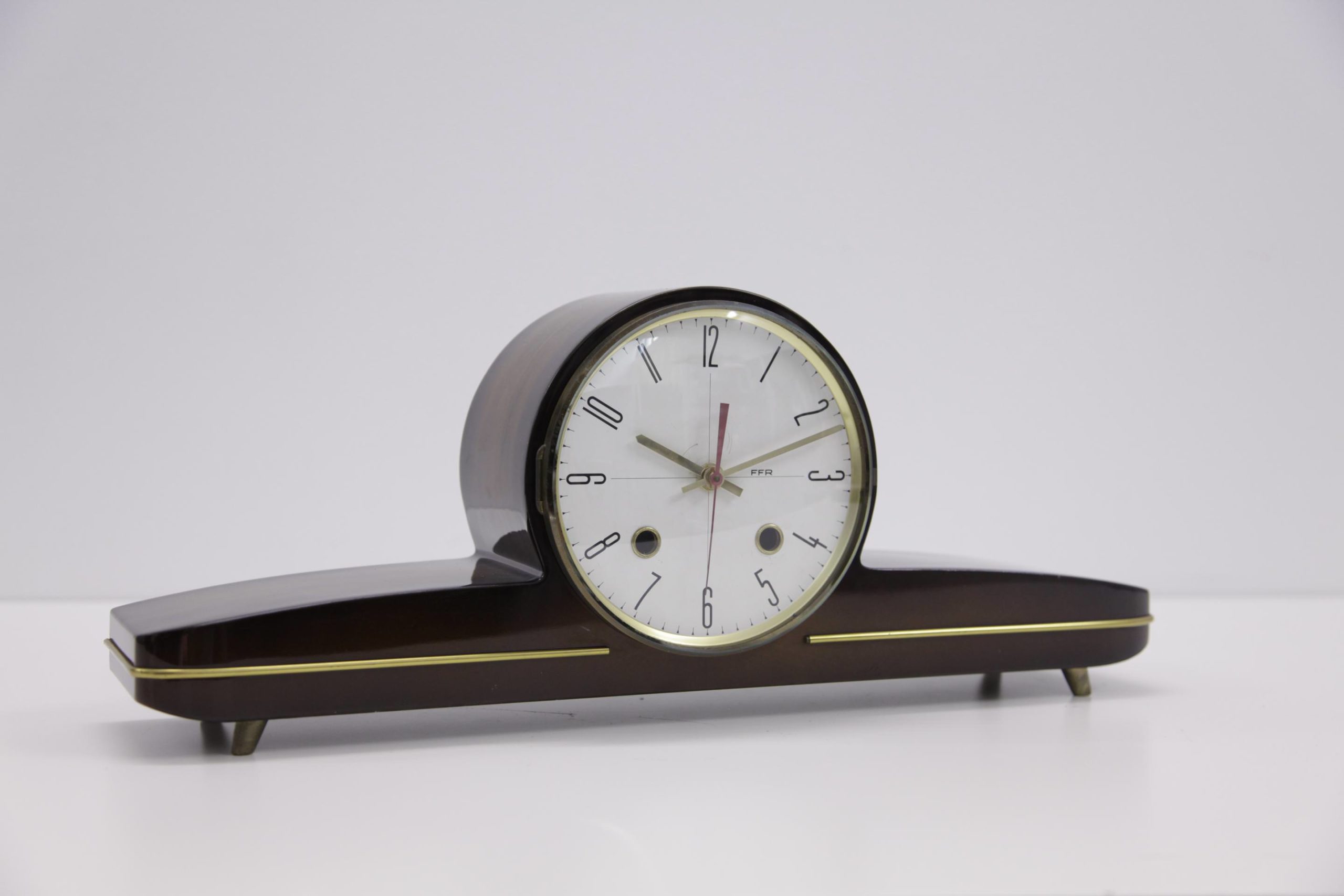 Fayçal Baghriche, The clock, 2017, Vintage clock, motor, 19 11/16 × 7 7/8 × 3 15/16 in. (50 × 20 × 10 cm). Courtesy of the artist and Galerie Jérome Poggi
Fayçal Baghriche, The clock, 2017, Vintage clock, motor, 19 11/16 × 7 7/8 × 3 15/16 in. (50 × 20 × 10 cm). Courtesy of the artist and Galerie Jérome Poggi
AM: There is a beautiful store in Beverly Hills called Mameg that, for the most part, only sells women’s clothing. Mameg is the brainchild of the radiant Sonia Eram. I go there to spend time with Sonia and see what’s new in the shop. Even though she’s made a point to avoid men’s clothing, I consult with her about many things in my life. In terms of food, I go out for every meal—some places I’m resigned to accepting out of convenience and others I seek out. Baroo on Santa Monica Boulevard is a favorite for lunch when I’m in the neighborhood. I’ve always been impressed by the care that goes into the food preparation at Baroo, but also by the fact that the owner closed for a number of months to research the menu. I appreciate that kind of commitment. I usually treat myself to an ice cream from Scoops on Heliotrope after I’ve had lunch at Baroo. Walking is also important for my brain activity. Particularly with headphones, it allows me to be social without talking to anyone.
WW: There’s a lot of hype around the L.A. art scene lately. What lives up to that hype?
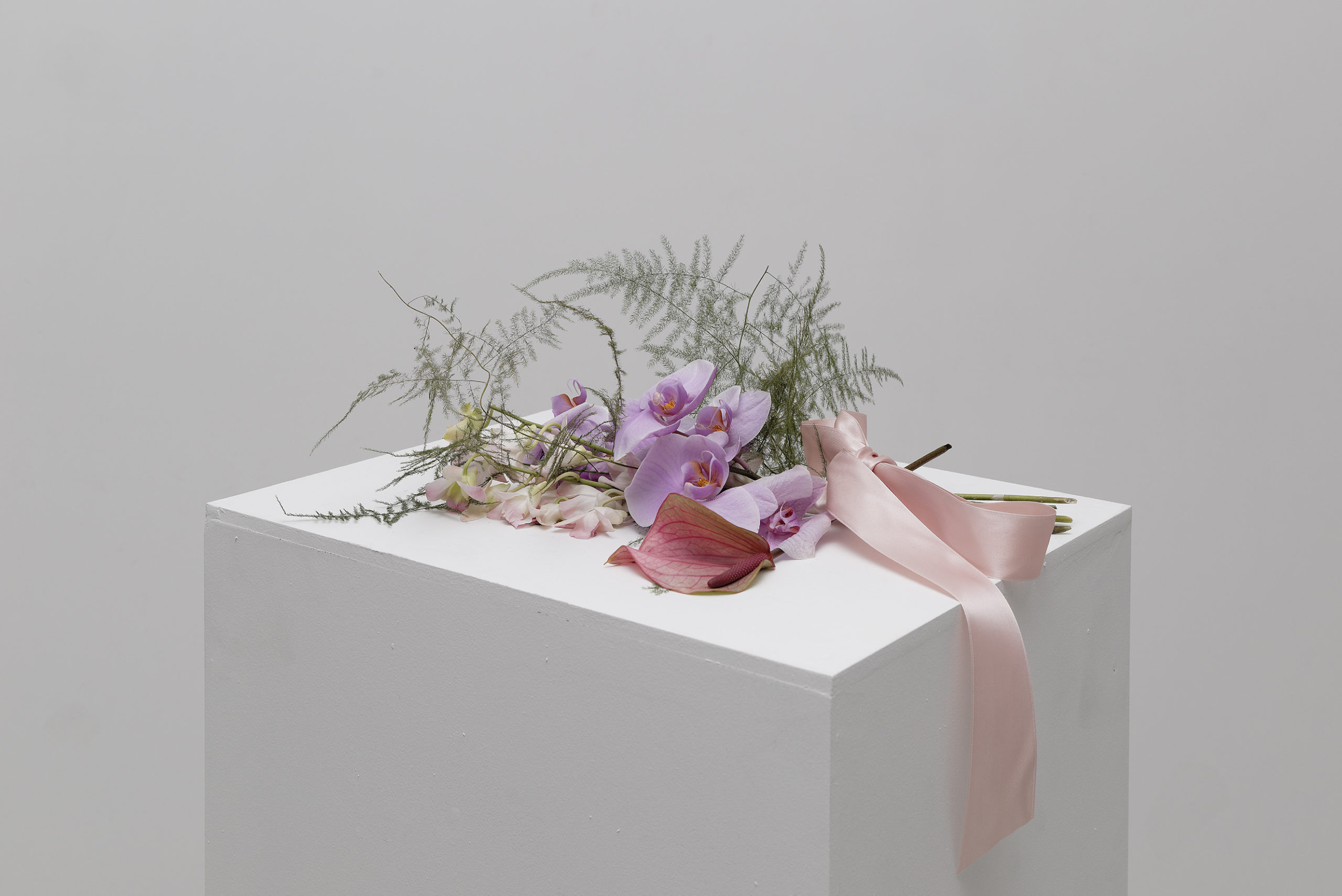 Kapwani Kiwanga, Flowers for Africa: Nigeria, 2014, Written protocol signed by the artist, iconographic documents, Dimensions variable. Courtesy of the artist and Galerie Jérôme Poggi. Photo © Aurélien Mole.
Kapwani Kiwanga, Flowers for Africa: Nigeria, 2014, Written protocol signed by the artist, iconographic documents, Dimensions variable. Courtesy of the artist and Galerie Jérôme Poggi. Photo © Aurélien Mole.
AM: I’m not sure. Los Angeles has been an interesting place for me to work and I’ve had great relationships that have little to do with the hype of the place. Presumably, a notable change has been to the city’s landscape of galleries. Matthew Marks Gallery, Sprüth Magers, and Hauser & Wirth have been interesting additions, and there are also younger spaces like Jenny’s, Freedman Fitzpatrick, Chateau Shatto, and Hannah Hoffman that have brought a different kind of energy in the past five years.
I don’t think the city would be what it is today if it weren’t for galleries like Blum & Poe and Regen Projects. Their approaches are different from one another, they represent an important history and commitment to the city that has allowed, say, David Kordansky to expand over the years. Going back a bit further, when Margo Leavin closed her gallery after 43 years, this signaled a huge change for Los Angeles. Margo’s influence continues to be felt and it is represented by the names that are associated with the city’s art historical narrative and the collections that were formed around her program. But this is something that is overlooked when the hype of the now takes precedent.






